 16 September 2020
Breakthrough Initiatives to fund a study into the possibility of aerial life in Venus' atmosphere
16 September 2020
Breakthrough Initiatives to fund a study into the possibility of aerial life in Venus' atmosphere
...of primitive life in the clouds of Venus. The study is inspired by the discovery announced yesterday, of the gas phosphine, considered a potential biosignature, in the planet’s atmosphere. The science team undertaking the research will comprise world...
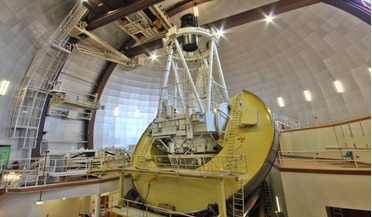 18 April 2018
Ambitious Galactic survey to help find Sun's lost family
18 April 2018
Ambitious Galactic survey to help find Sun's lost family
... thousands of other stars, so somewhere out there is the Sun’s ‘lost siblings.’ Stars from the same cluster should inherit the same characteristics of the cloud it collapsed from, so the same chemical elements in roughly similar amounts. Identifying...
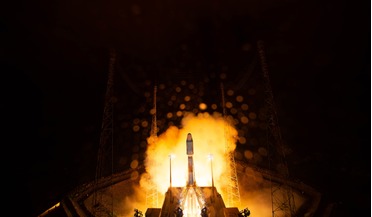 18 December 2019
After delays, ESA’s exoplanet mission launches successfully
18 December 2019
After delays, ESA’s exoplanet mission launches successfully
..., Cheops will be able to reveal details about their atmosphere including the presence of clouds and possibly even hints of the cloud composition. The mission also has the capability to discover previously unknown planets by measuring tiny variations...
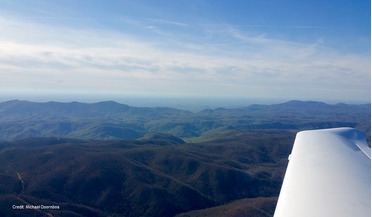 June 2015
Preventing pilot spatial disorientation
June 2015
Preventing pilot spatial disorientation
... entering a shallow dive until his wingman made repeated calls to him over the radio. “Where are you headed, lead?” They broke through the clouds and he pulled up. At that moment, Jerry realised he had somehow threaded his...
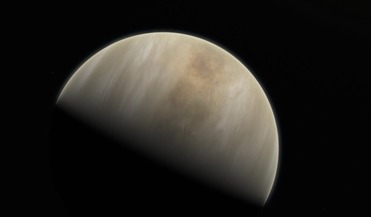 30 October 2020
It seems there might not be life on Venus after all, say two new studies
30 October 2020
It seems there might not be life on Venus after all, say two new studies
... into doubt, as two new studies by separate teams of scientists say there is no clear signal of phosphine (PH3) high in the clouds of our “twin” planet. On 14th September, a team of researchers headed by Jane Greaves at Cardiff University made what...
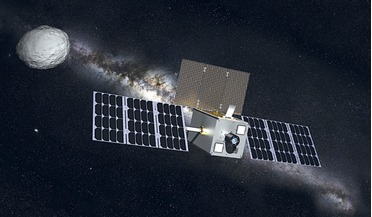 July 2018
The rise of interplanetary CubeSats
July 2018
The rise of interplanetary CubeSats
... images of Jupiter and its moons Europa and Io. The spacecraft also deployed the Galileo probe that entered Jupiter’s atmosphere for the first time giving us insight into the cloud composition and its evolution. Another example is NASA’s Mars...